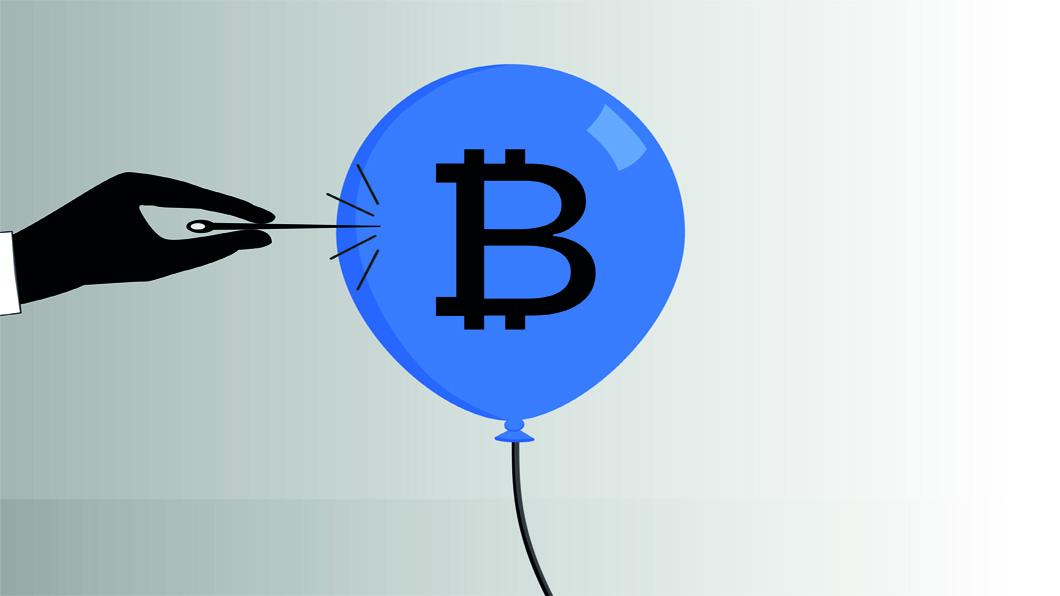

The latest generation of NFTs try to focus on “utility”, offering membership benefits or technological advantages to holders.Body Early NFTs resembled collectibles, like digital football stickers, or were used to trade artworks, but the lack of any functional utility led to a boom and bust of the sector in 2021. “Algorithmic” stablecoins, such as UST, also known as terra, have been attempted, but have an unfortunate tendency to enter a “death spiral”, where a crashing value leads to more tokens being created, pushing the value lower.Īn NFT, or non-fungible token, is a type of digital asset that can be traded like a cryptocurrency, but isn’t “fungible” like money: one NFT is distinct from another. But keeping the value stable is hard: it requires a large centralised organisation to operate like a bank, keeping a lot of reserves on hand and spending them to stabilise the currency. They occupy an important role in the crypto economy, since they let people “cash out” of risky bets without going through the hassle of converting money back to conventional cash.

Those smart contracts can be chained together to create whole “decentralised apps”, which operate without any individual computer being in charge of them, and they can also be used to create new cryptocurrencies and digital assets that live on the ethereum blockchain, rather than needing more miners and a new network.Ī stablecoin, such as tether, USDC, or UST, is a particular type of cryptocurrency intended to have a fixed value. The most important successor to bitcoin, ethereum is described by its backers as a “world computer”: as well as simple transactions, users can create “smart contracts”, small programs that operate on the network. For bitcoin miners, that prize is currently $125,000, which incentivises the bitcoin network as a whole to consumer around 130TWh a year, around the electricity usage of Argentina. The network treats the results of these hashes as lottery tickets, and every 10 minutes one miner is declared the winner. They use specialised computers, called mining rigs, to perform a specific mathematical function called “hashing”. The system means that it is very expensive to attack a cryptocurrency head-on: you need to spend more electricity than every other miner put together.Ī miner is the person running a cryptocurrency node. Every 10 minutes, one of those raffle tickets wins the prize – a reward of cryptocurrency, and the right to verify the next block on the blockchain. It asks “miners”, who run the computer nodes that make up the physical infrastructure of the blockchain network, to effectively burn electricity to generate digital raffle tickets. Proof of work is the consensus algorithm used to secure bitcoin, ethereum and many other large cryptocurrencies. There is no one “official” blockchain, but the network as a whole is kept consistent through a consensus algorithm like proof of work. New transactions are added on to the end of the blockchain, and using cryptography contain a record of every previous transaction. Ethereum is the second biggest, and is used as a platform for building other decentralised projects, such as stablecoins, NFTs and shitcoins.Ī blockchain is the decentralised ledger that tracks the ownership of a cryptocurrency or other digital asset. The first, and still the largest, cryptocurrency, is bitcoin, and its blockchain is secured by miners using a proof-of-work system.

A cryptocurrency is a decentralised digital asset built on top of a blockchain.


 0 kommentar(er)
0 kommentar(er)
